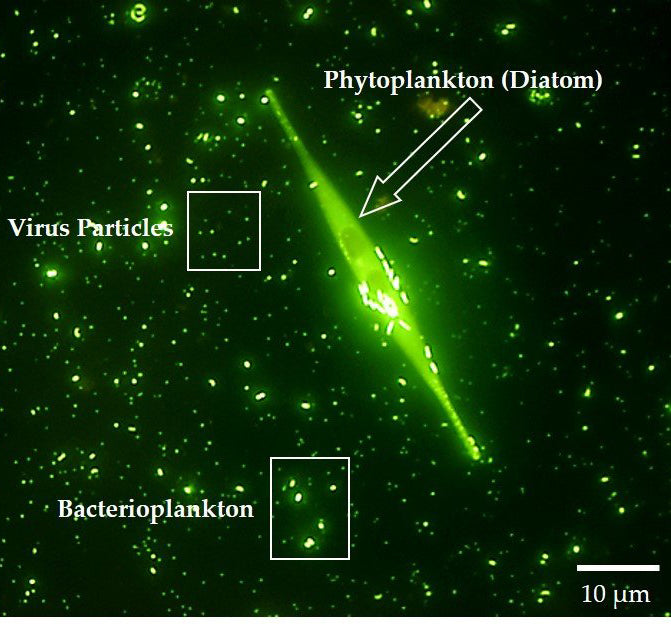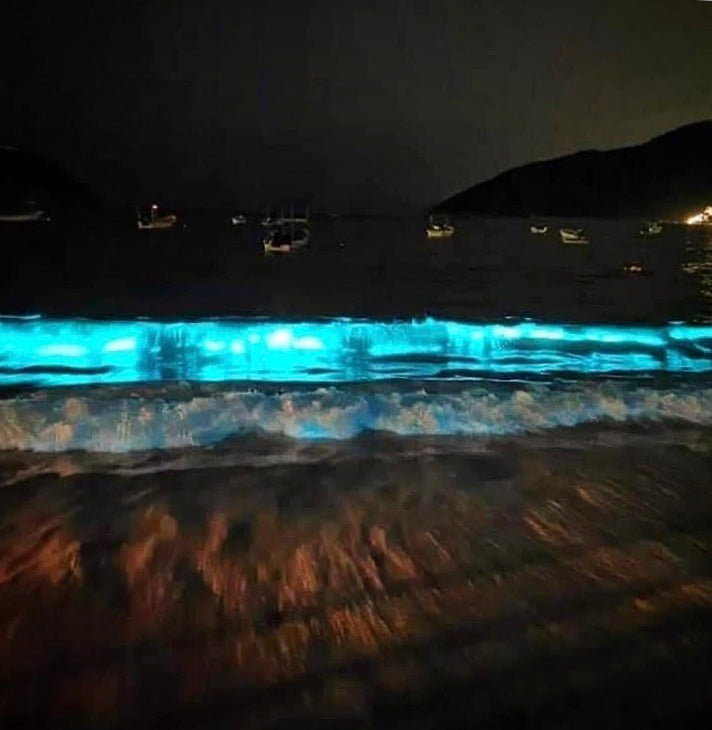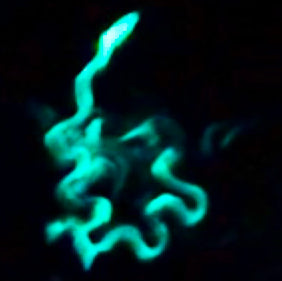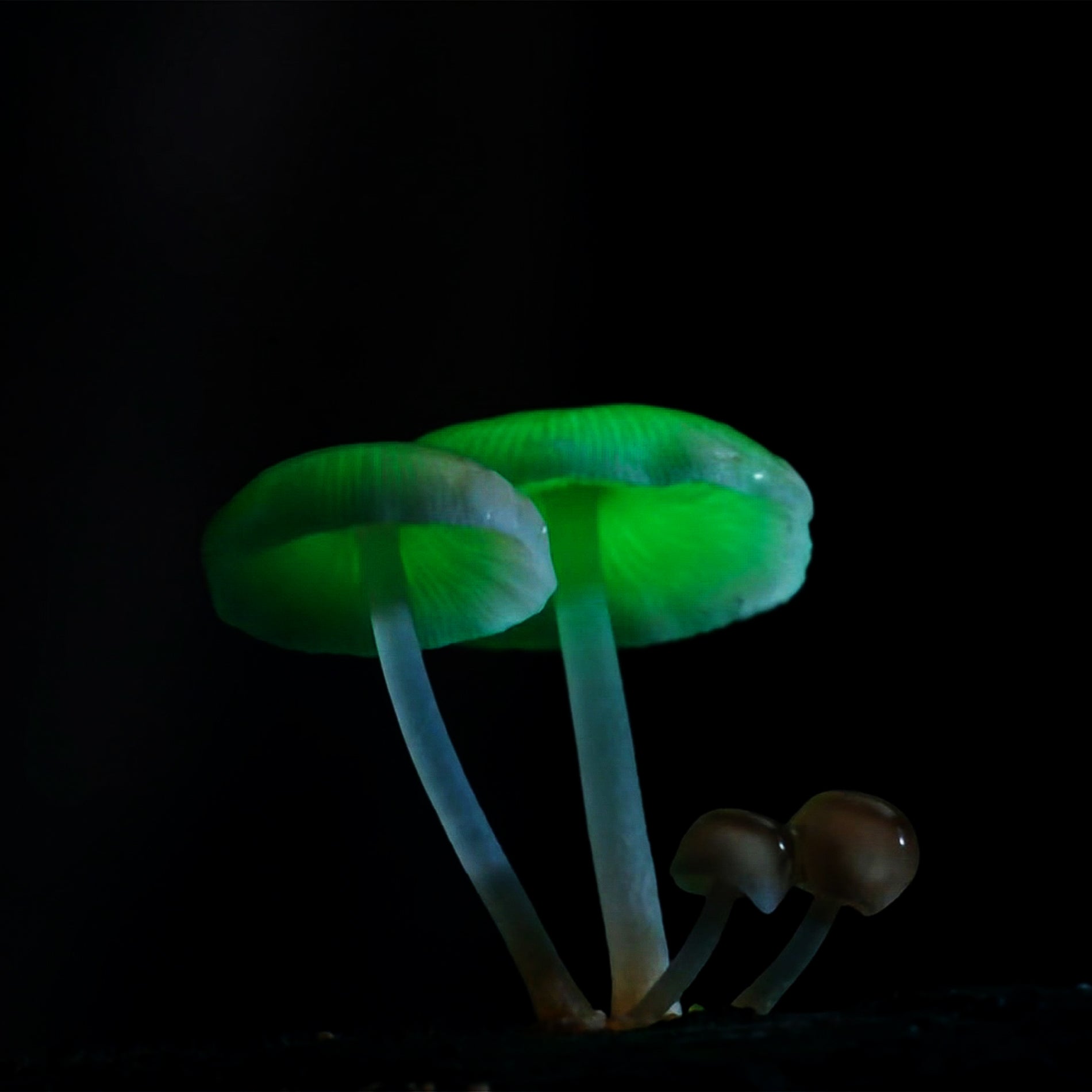The importance of our oceans' plankton

The importance of our oceans' plankton - The three main types of plankton

There are three main types of plankton in the ocean: phytoplankton, zooplankton, and bacterioplankton. Phytoplankton are tiny, plant-like organisms that produce their own food/energy through photosynthesis. They are the base of the ocean food chain and are responsible for producing around 50% of the world's oxygen. Phytoplankton can vary in size and shape but are generally single-celled organisms capable of photosynthesis.
___

___
Finally, bacterioplankton are the smallest and most numerous of the three types of plankton. They are tiny bacteria responsible for breaking down and recycling organic matter in the ocean. Bacterioplankton play a crucial role in the marine ecosystem, as they help maintain nutrient cycles and clean water.

Overall, while all three types of plankton are essential for the ocean ecosystem, they each play different roles in the food chain and nutrient cycles of the ocean. Phytoplankton are the base of the food chain, zooplankton are an important food source for larger animals, and bacterioplankton help to break down organic matter and recycle nutrients.
Buy our bioluminescent phytoplankton Here: PyroDinos



Comments